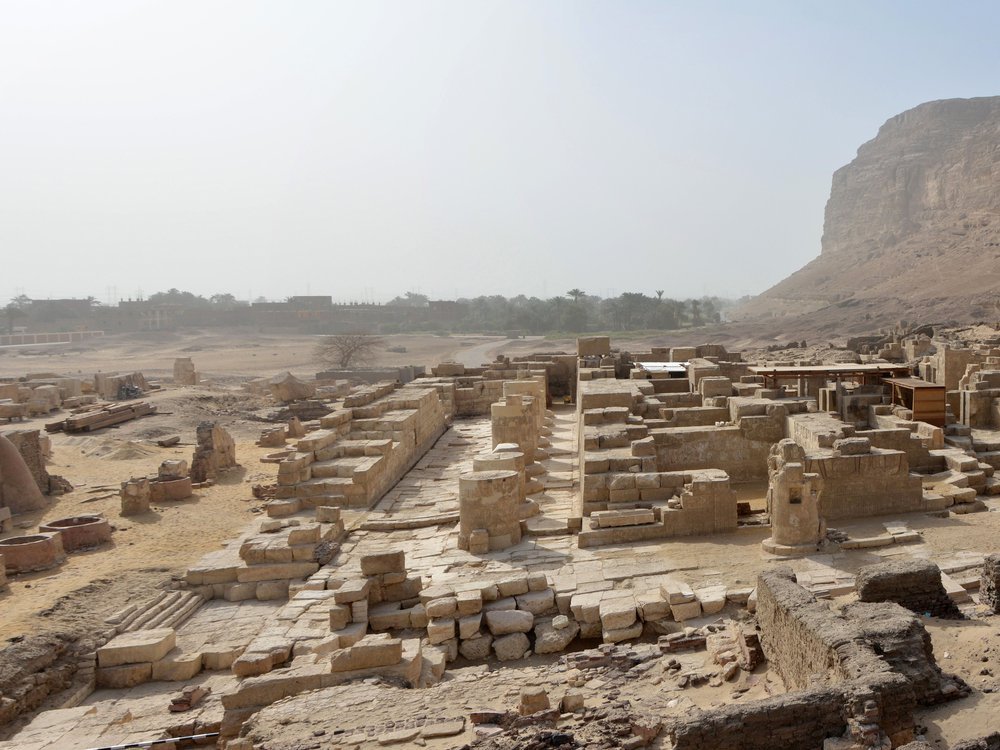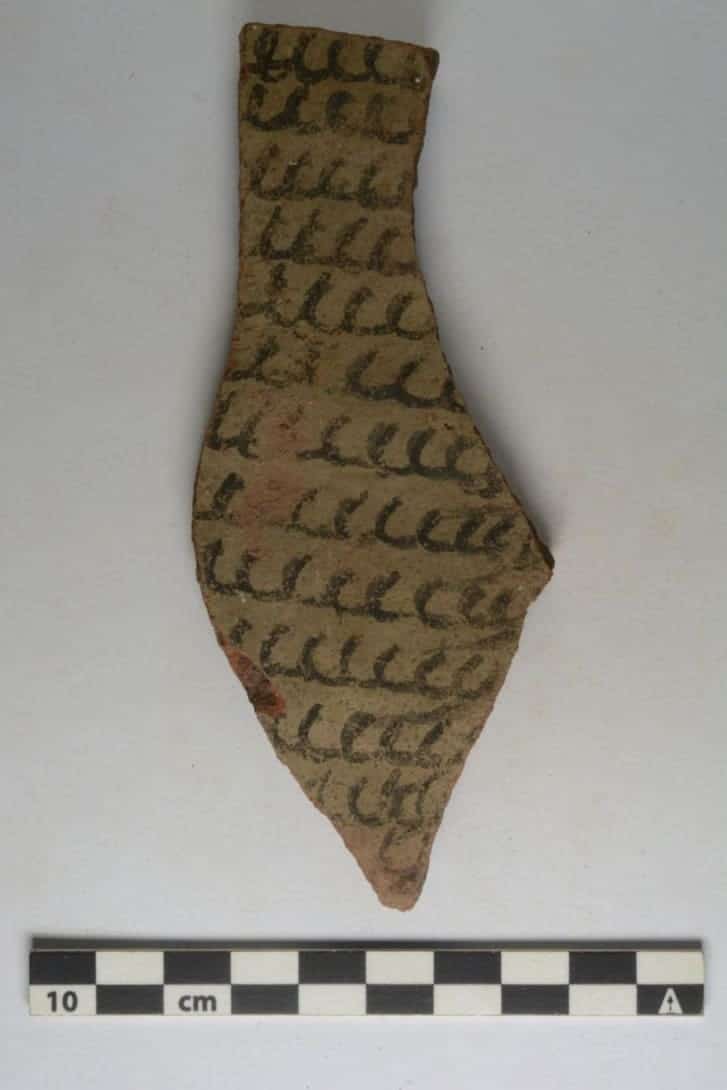Information
Ancient “Notepads,” Many Written in Greek, Uncovered in Egypt
Over 18,000 ancient “notepads” — many written in Greek — were uncovered by archaeologists in the ancient Egyptian city of Athribis.
The ancient notepads called ostraca — clay fragments that contain writing — were used as a form of notepad by ancient Egyptians, recording everything from shopping lists to trade records and schoolwork. Such written helpmeets were integral to daily life thousands of years ago.
Ancient Egyptians turned to ostraca as an inexpensive option instead of papyrus. Researchers believe that people inscribed words into the fragments by using a reed or hollow stick with ink on its tip.
The majority of the fragments found in Athribis were part of an ancient school. More than one hundred of the shards have patterns of writings that the researchers believe were a form of punishment for students — an exercise in which they are forced to write lines repeatedly.
“There are lists of months, numbers, arithmetic problems, grammar exercises, and a ‘bird alphabet:’ each letter was assigned a bird whose name began with that letter,” said Egyptologist Christian Leitz.
Hundreds of tablets were found with the same symbol written on both front and back, which archaeologists believe to be evidence of pupils being forced to write the same characters multiple times. Credit: Athribis-Project Tübingen
Ostraca fragments contain Greek script
80 percent of the ostraca were written in an administrative script first used by Ptolemy XII, Cleopatra‘s father. This script, known as demotic, is the most frequent writing to appear in the samples, followed by Greek, hieratic, hieroglypics, Arabic, and Coptic.
“We will be able to make a case study of daily life in late Ptolemaic/early Roman times once we have analyzed all the texts or at least a larger part of it, which will take years,” Leitz told Newsweek.
Athribis is outside the contemporary city of Sohag, on the west bank of the Nile. The site has been a popular location for excavations over the past century but has seen a sharp focus in research since 2003, when the University of Tübingen and Egypt’s Ministry of Tourism and Antiquities created the Athribis Project.
In January, archaeologists unearthed a Greco-Roman-era tomb with a Greek mummy in Aswan.
In an extremely unusual discovery, the archaeologists found a copper plaque with the man’s name — Nikostratos — near his body.
The amazing find was made as part of excavations undertaken by the Egyptian-Italian Mission at West Aswan, in the area of the Aga Khan Mausoleum, as reported by the University of Milan.
Although the tomb complex had been raided in antiquity, the mummy of the Greek man was intact, with grave goods such as elaborate pottery found with the body.
Category: English
News
Information
Key words:


